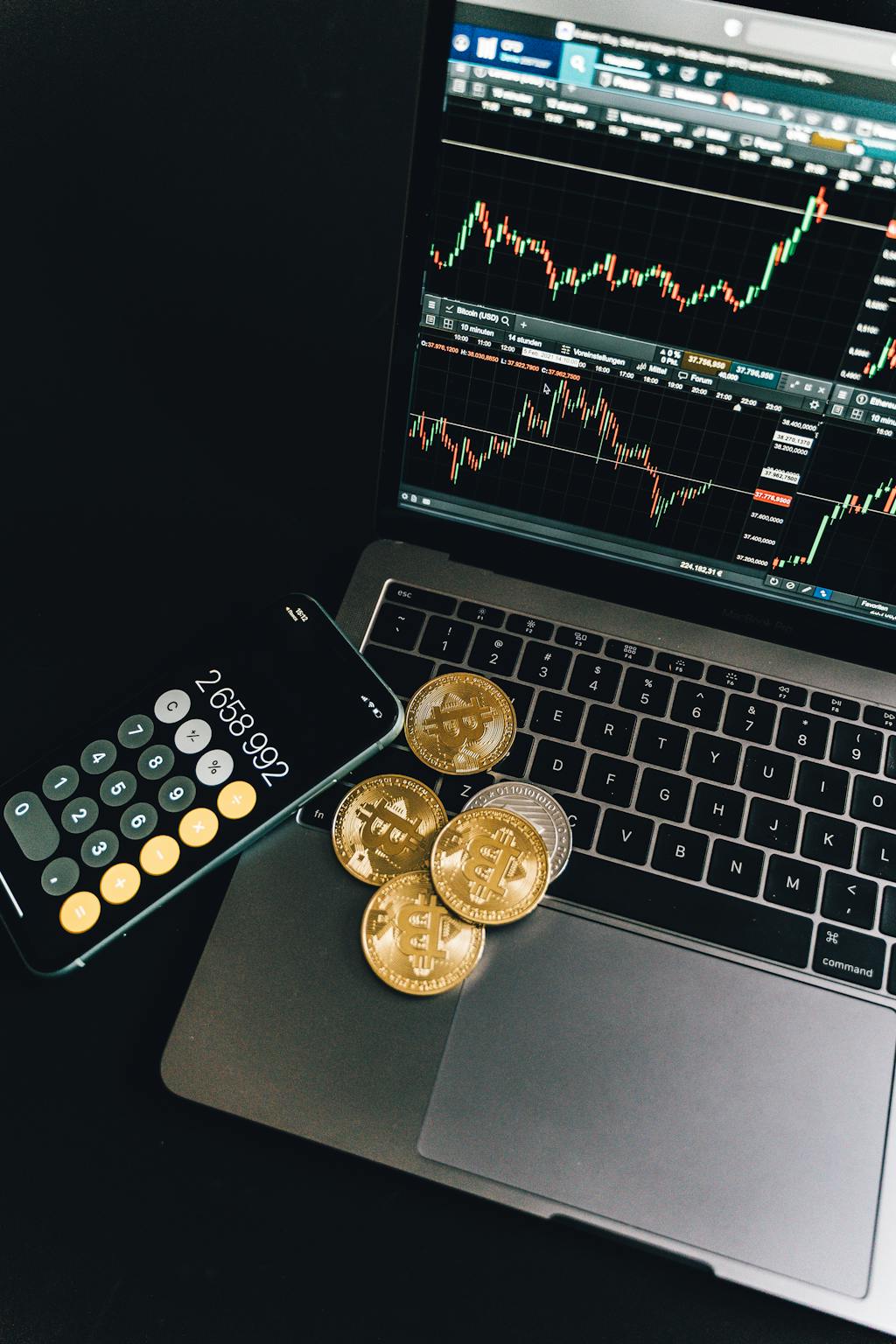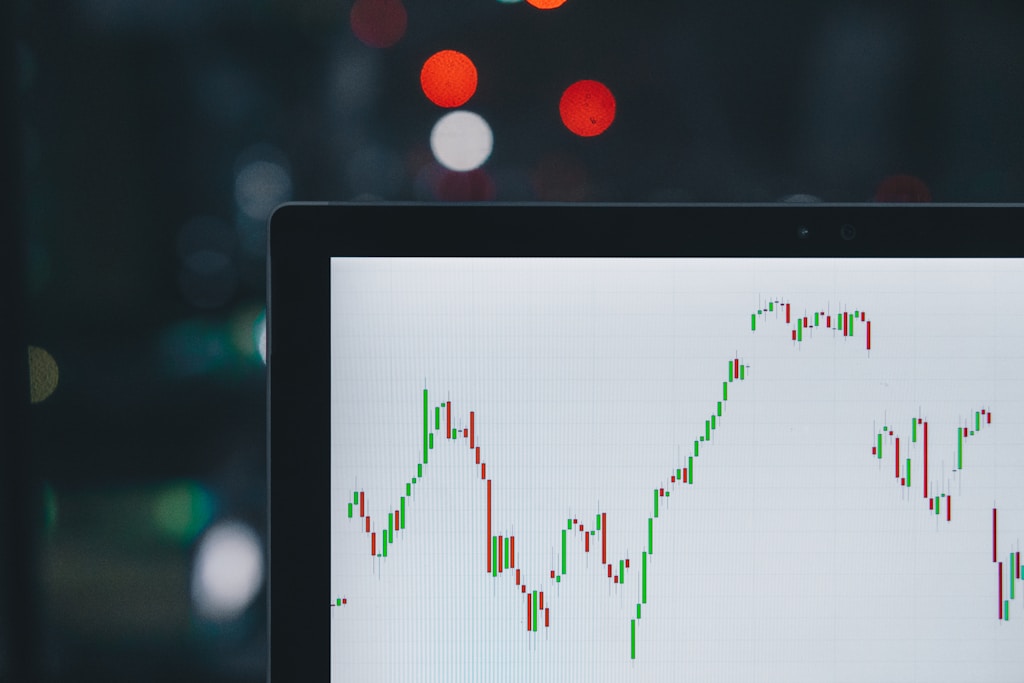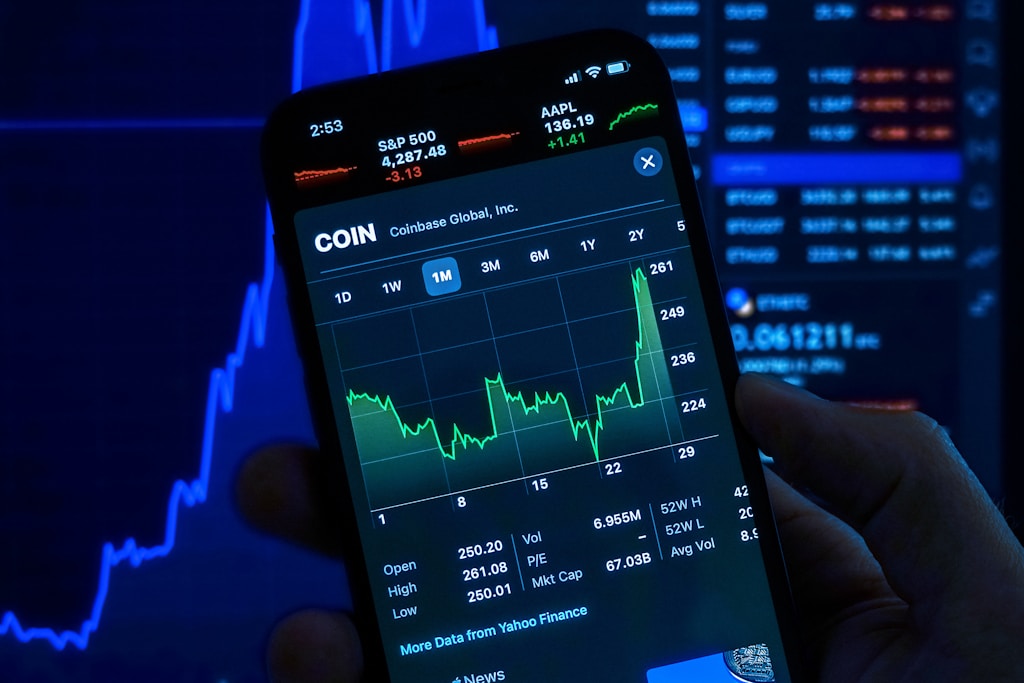Tether (USDT) has strategically deployed $5 billion into US investments over the past two years, marking a significant shift in the stablecoin giant’s approach to market dominance and regulatory compliance. This comprehensive investment initiative spans multiple sectors, from technology ventures to government securities, demonstrating Tether’s commitment to deepening its ties with the American financial system.
Strategic Investment Breakdown
According to Tether CEO Paolo Ardoino, the company has made several notable investments:
- $775 million in Rumble (103+ million Class A shares)
- $200 million in BlackRock Neurotech via Tether Evo
- 21% stake in Bitcoin mining firm Bitdeer
- $120+ billion in US Treasury holdings
This investment strategy aligns with Circle’s recent moves toward mainstream finance with their $6.7B NYSE valuation, suggesting a broader trend of stablecoin issuers seeking legitimacy through traditional financial channels.
Treasury Holdings and Market Position
Tether’s $120 billion position in US Treasury bills places it as the 19th largest holder of US government debt, surpassing Germany ($111B) and the UAE ($104B). This substantial backing provides crucial stability for USDT’s $153 billion market cap, which represents approximately 60% of the global stablecoin supply.
New US-Focused Stablecoin Development
In a strategic move to address regulatory concerns, Tether is developing a new dollar-backed stablecoin specifically for the US market. This initiative comes as USDT faces increased scrutiny in developed markets, particularly regarding MiCA compliance in Europe.
Regulatory Challenges and Compliance Efforts
Despite these positive developments, Tether continues to face regulatory headwinds:
- Ongoing calls for greater reserve transparency
- Concerns about USDT’s role in illicit activities
- Regulatory compliance challenges in major markets
Market Impact and Future Outlook
This substantial investment in US assets could significantly impact both the stablecoin market and broader crypto ecosystem. As Tether strengthens its position in traditional finance, it sets a precedent for how crypto companies can bridge the gap with conventional financial systems.
Frequently Asked Questions
Q: How does Tether’s US investment strategy affect USDT stability?
A: The diverse investment portfolio, particularly in US Treasuries, provides additional backing and stability for USDT.
Q: What impact will the new US-focused stablecoin have?
A: It could help Tether better comply with upcoming US regulations while maintaining USDT’s global presence.
Q: How does this compare to other stablecoin issuers?
A: Tether’s $5B investment surpasses similar initiatives by competitors, positioning it as a leader in market integration.







